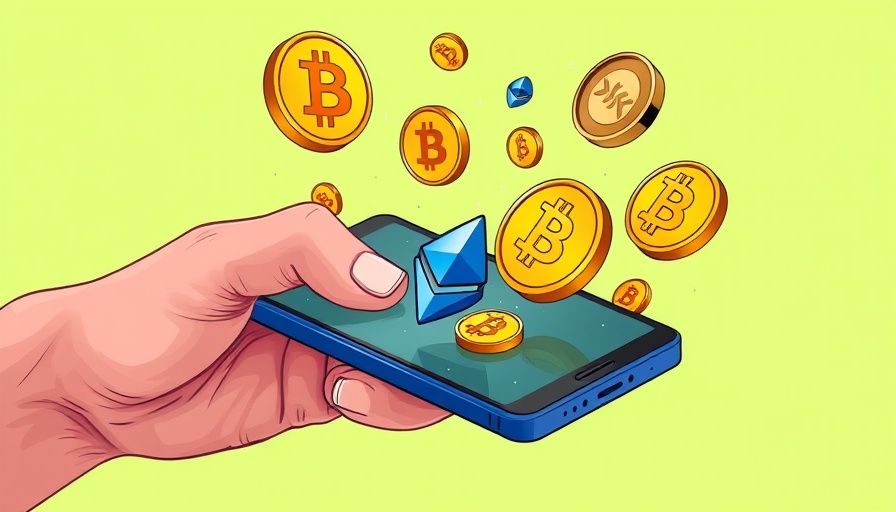
The Impact of Rising Stamp Prices on Your Finances
This weekend marks a significant change in the cost of sending mail as the U.S. Postal Service (USPS) raises the price of Forever stamps from 73 cents to 78 cents. This 5-cent increase follows a stabilization of stamp prices back in January, which surprised many as it marked the first time in years that the USPS did not implement a price hike during its traditional twice-per-year adjustment schedule. However, with rising operational costs and ongoing financial challenges, the USPS has shifted gears once again.
Why Prices Are Increasing Now
The recent uptick in stamp prices has its roots in economic pressures affecting the USPS. In 2024 alone, the agency reported a staggering $9.5 billion loss, a figure that has spurred discussions among USPS leadership and government officials regarding the need for revenue enhancement strategies. With inflation continuing to erode profit margins, the USPS is compelled to escalate rates across the board, affecting not just stamps but also postage costs for postcards, metered letters, and shipping services.
In addition to raising prices for stamps, the USPS is implementing shifts in delivery protocols, adding an extra day to service commitments for long-distance items. This strategy aims to enhance efficiency and reduce operational costs, yet it emphasizes the ongoing struggle the USPS faces in balancing reliable service with financial viability.
The Broader Implications for Consumers
If you are planning for retirement or looking to maximize savings, understanding these postal rate increases is crucial. These changes may seem minor individually, but together they reflect a broader trend impacting household budgets and personal finance strategies. As expenses rise, those planning for retirement must consider how these costs fit into their overall financial picture, particularly when assessing fixed income strategies.
Trends in Postal Costs and Consumer Behavior
Historically, postage rates have risen gradually as inflation dictates. However, the USPS's move to hike these prices outside of the regular schedule indicates a shift in how the agency responds to economic conditions. According to price strategy discussions revealed in industry publications, officials contemplated introducing 'exigent' increases, which would deviate from median pricing trends. This could signify a new era where consumers must adapt to more frequent and significant postal increases.
Additionally, with the USPS struggling post-COVID and adapting to a fast-evolving logistics landscape dominated by technology-driven competitors, consumer behavior also shifts. As individuals look for ways to save, they may lean towards digital solutions more readily than before, impacting the volume of traditional mail sent and affecting how postal services operate.
The Future of USPS and Its Customers
The financial health of the USPS is a pivotal concern, especially as it tries to modernize operations while ensuring service quality. The leadership transition following the Trump administration has amplified the scrutiny on pricing strategies, as the new team prioritizes fiscal responsibility. With ongoing discussions regarding modernization and efficiency, postal consumers are invited to contemplate how these changes will influence their communication strategies moving forward.
Understanding the Value of Mailing Services
Even with price increases, the value of sending physical mail remains significant—especially for those conducting important transactions, such as sending legal documents or important personal messages. Retirement savers should recognize that while costs for postage may fluctuate, the reliability and personal touch of sending a physical letter cannot be understated.
Call to Action: Be Proactive in Adjusting Your Postal Strategy
As the USPS implements these rate changes, take a proactive approach in re-evaluating your mailing habits. Consider alternative solutions that may save you money while ensuring effective delivery of your correspondence. Shift towards more digital communication when viable, thereby minimizing expenses associated with postage. Join discussions within your community about postal services, advocating for sustainable practices that align closely with changing consumer needs.
Staying informed about these shifts allows you, as a reader and potential postal customer, not just to prepare but to adapt your strategies effectively. With continued scrutiny from officials and evolving needs from consumers, the future of USPS pricing and service remains a dynamic area. Your engagement can help shape its direction.
 Add Row
Add Row  Add
Add 




 Add Row
Add Row  Add
Add 








Write A Comment